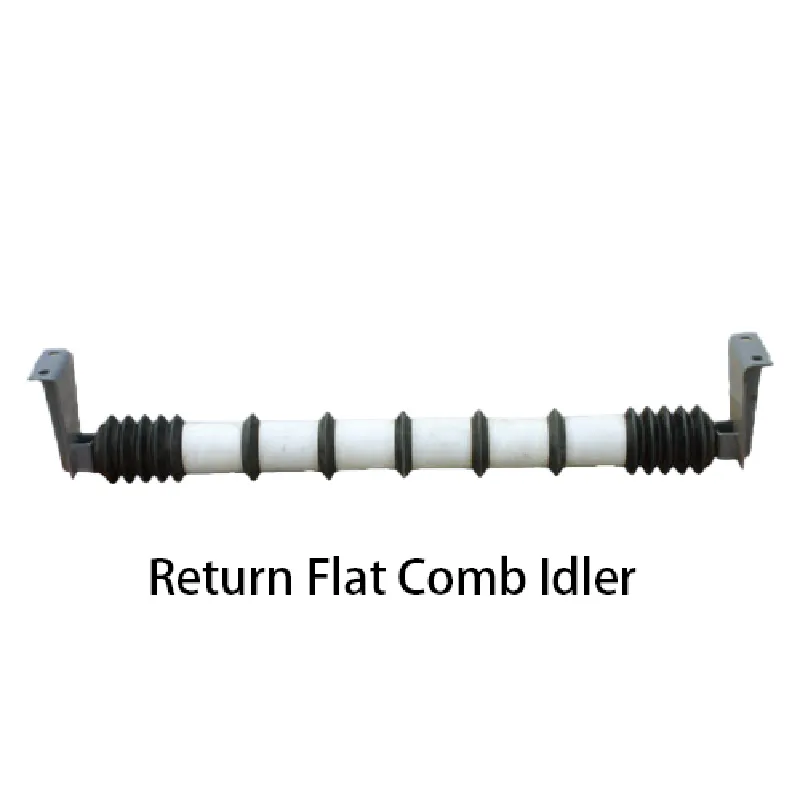 Afrikaans
Afrikaans  Albanian
Albanian  Amharic
Amharic  Arabic
Arabic  Armenian
Armenian  Azerbaijani
Azerbaijani  Basque
Basque  Belarusian
Belarusian  Bengali
Bengali  Bosnian
Bosnian  Bulgarian
Bulgarian  Catalan
Catalan  Cebuano
Cebuano  Corsican
Corsican  Croatian
Croatian  Czech
Czech  Danish
Danish  Dutch
Dutch  English
English  Esperanto
Esperanto  Estonian
Estonian  Finnish
Finnish  French
French  Frisian
Frisian  Galician
Galician  Georgian
Georgian  German
German  Greek
Greek  Gujarati
Gujarati  Haitian Creole
Haitian Creole  hausa
hausa  hawaiian
hawaiian  Hebrew
Hebrew  Hindi
Hindi  Miao
Miao  Hungarian
Hungarian  Icelandic
Icelandic  igbo
igbo  Indonesian
Indonesian  irish
irish  Italian
Italian  Japanese
Japanese  Javanese
Javanese  Kannada
Kannada  kazakh
kazakh  Khmer
Khmer  Rwandese
Rwandese  Korean
Korean  Kurdish
Kurdish  Kyrgyz
Kyrgyz  Lao
Lao  Latin
Latin  Latvian
Latvian  Lithuanian
Lithuanian  Luxembourgish
Luxembourgish  Macedonian
Macedonian  Malgashi
Malgashi  Malay
Malay  Malayalam
Malayalam  Maltese
Maltese  Maori
Maori  Marathi
Marathi  Mongolian
Mongolian  Myanmar
Myanmar  Nepali
Nepali  Norwegian
Norwegian  Norwegian
Norwegian  Occitan
Occitan  Pashto
Pashto  Persian
Persian  Polish
Polish  Portuguese
Portuguese  Punjabi
Punjabi  Romanian
Romanian  Russian
Russian  Samoan
Samoan  Scottish Gaelic
Scottish Gaelic  Serbian
Serbian  Sesotho
Sesotho  Shona
Shona  Sindhi
Sindhi  Sinhala
Sinhala  Slovak
Slovak  Slovenian
Slovenian  Somali
Somali  Spanish
Spanish  Sundanese
Sundanese  Swahili
Swahili  Swedish
Swedish  Tagalog
Tagalog  Tajik
Tajik  Tamil
Tamil  Tatar
Tatar  Telugu
Telugu  Thai
Thai  Turkish
Turkish  Turkmen
Turkmen  Ukrainian
Ukrainian  Urdu
Urdu  Uighur
Uighur  Uzbek
Uzbek  Vietnamese
Vietnamese  Welsh
Welsh  Bantu
Bantu  Yiddish
Yiddish  Yoruba
Yoruba  Zulu
Zulu Understanding Drive Pulleys in Belt Conveyor Systems for Enhanced Performance
Drive Pulleys in Belt Conveyors An Overview
Belt conveyors are crucial components in various industries, enabling the efficient transport of materials over considerable distances. At the heart of these systems is the drive pulley, responsible for powering the conveyor belt and ensuring smooth operation.
Drive Pulleys in Belt Conveyors An Overview
One of the primary functions of the drive pulley is to provide the drive mechanism that moves the belt. As the pulley rotates, it pulls the belt along, transporting materials from one location to another. This movement is facilitated by the friction between the belt and the pulley. Thus, the surface material of the drive pulley is carefully selected to enhance grip while minimizing wear. Common materials include rubber and various metal alloys, each chosen for specific applications based on factors like load capacity, speed, and environmental conditions.
drive pulley in belt conveyor

Another crucial aspect of the drive pulley is its role in maintaining proper belt tension. Proper tensioning is necessary to prevent slippage and ensure that the belt operates efficiently. If the tension is too low, the belt may slip on the pulley, leading to decreased efficiency and potential system failure. Conversely, excessive tension can cause premature wear on both the belt and the pulley, leading to costly downtime and repairs. Thus, many modern systems incorporate adjustable tensioning devices to optimize the performance of the drive pulley.
Additionally, the drive pulley's diameter is significant in determining the overall efficiency of the conveyor system. Larger pulleys can reduce the bending stress on the belt, thus prolonging its lifespan. However, they may also require more extensive space and can increase the overall weight of the system. Therefore, engineers must strike a balance between size and performance based on the specific application requirements.
In summary, the drive pulley in a belt conveyor system is a critical component that facilitates the transport of materials efficiently and effectively. Of utmost importance are its designs, materials, and adjustments to ensure optimal functionality. Understanding the intricacies of drive pulleys not only helps in selecting the right components but also plays a significant role in improving the overall efficiency and reliability of conveyor systems across diverse industrial applications.
-
Revolutionizing Conveyor Reliability with Advanced Rubber Lagging PulleysNewsJul.22,2025
-
Powering Precision and Durability with Expert Manufacturers of Conveyor ComponentsNewsJul.22,2025
-
Optimizing Conveyor Systems with Advanced Conveyor AccessoriesNewsJul.22,2025
-
Maximize Conveyor Efficiency with Quality Conveyor Idler PulleysNewsJul.22,2025
-
Future-Proof Your Conveyor System with High-Performance Polyurethane RollerNewsJul.22,2025
-
Driving Efficiency Forward with Quality Idlers and RollersNewsJul.22,2025





























